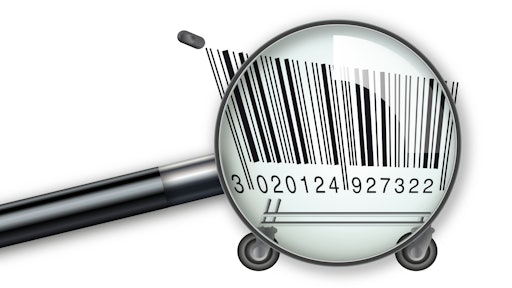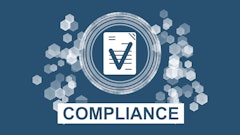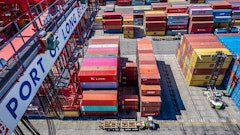
More than three-quarters (76%) of IT directors in manufacturing across the United States, UK, Germany, and France, admit that more than 10% of their organization’s goods are labeled incorrectly every year, according to new research from NiceLabel and Loftware.
This number rises to more than 25% of goods for over a quarter (26%) of organizations globally and nearly one in five (18%) in the United States.
“Mislabeling can often lead to issues with products and that can result in a need to quarantine and relabel product or packaging, which is costly, time consuming and unsustainable,” says Ken Moir, VP marketing, NiceLabel. “With growing pressure to increase supply chain efficiency and minimize waste and reduce resource usage, organizations can advance their operational performance and sustainability goals by reducing mislabeling. The key will be a system and tools that allow centralized control of label design and printing across multiple sites.”
“Correct labeling also means that extended supply chains can become more efficient and sustainable,” he adds. “In the past, incorrect labels from partners and suppliers have often resulted in relabeling upon receipt. The solution is to extend labeling to those suppliers to ensure they are using the correct templates and content to eliminate the need for costly and time-consuming relabeling.”
From NiceLabel:
- Incorrect labeling is costing their organizations an average of $89,000 annually, with 61% globally and 47% in the United States saying their organization incurred losses amounting to more than $69,000 from mislabeling on average in a year.
- Minimizing errors that lead to a need to relabel products is the second biggest challenge manufacturers worldwide face in getting new label designs into production. Other challenges entailed meeting regulatory compliance (38%), followed closely by reducing time to market (37%).


























